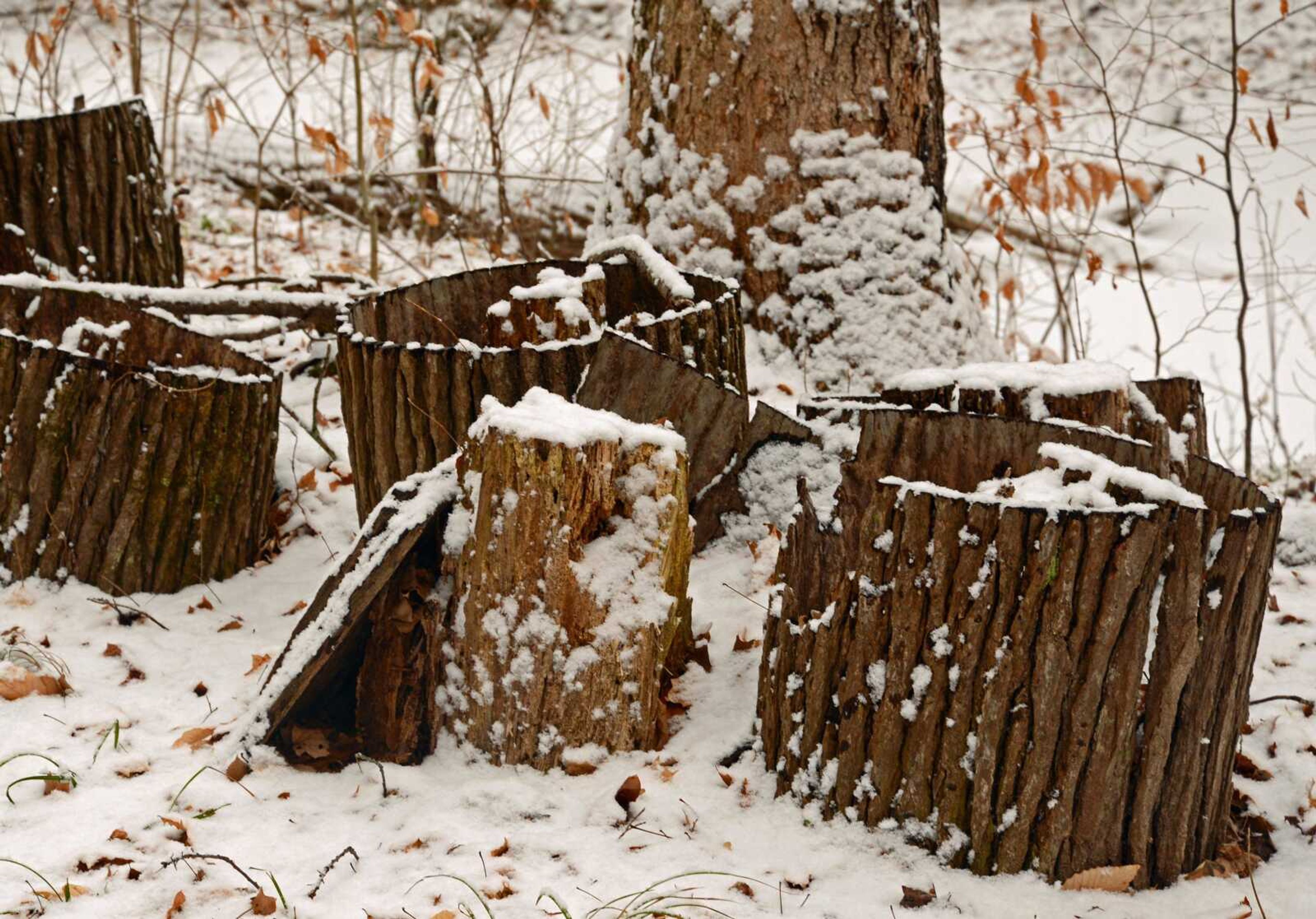A tree whose bark rots last
About 10 years ago a large sweet gum tree uprooted in a storm and fell across a woodland roadway in my woods. I sawed the trunk into manageable blocks to clear the road. I sat the blocks along the road and left them to rot since sweet gum wood has twisted grain and is hard to split into firewood...
By Aaron Horrell
About 10 years ago a large sweet gum tree uprooted in a storm and fell across a woodland roadway in my woods. I sawed the trunk into manageable blocks to clear the road.
I sat the blocks along the road and left them to rot since sweet gum wood has twisted grain and is hard to split into firewood.
Years went by and the blocks began to rot. I was surprised to see the heartwood rotting before the outer bark. Even more surprising, in time the wooden center of the blocks completely rotted, leaving the outer shell of bark intact.
On most fallen trees in the woods, the bark will rot away as fast, if not faster, than the actual wood. This makes sense because the bark is in direct contact with the elements, such as rain, wind and insects. With the sweet gum tree, I learned the bark rots last.
Connect with the Southeast Missourian Newsroom:
For corrections to this story or other insights for the editor, click here. To submit a letter to the editor, click here. To learn about the Southeast Missourian’s AI Policy, click here.










